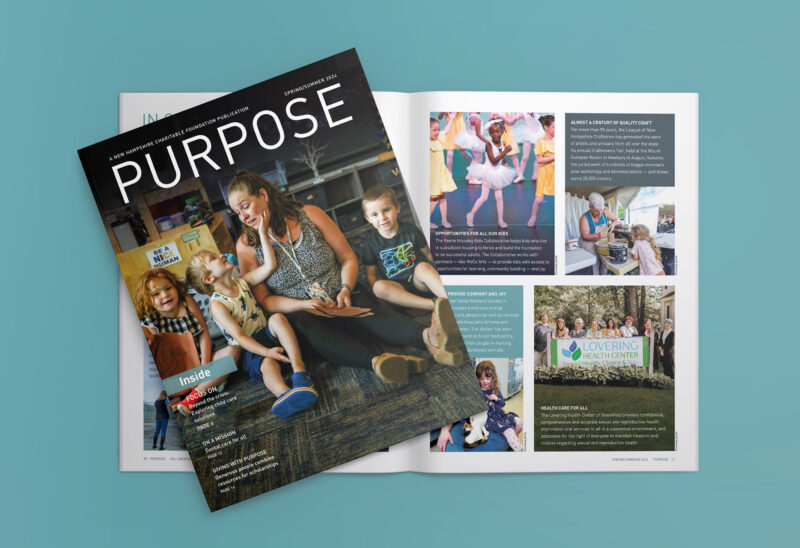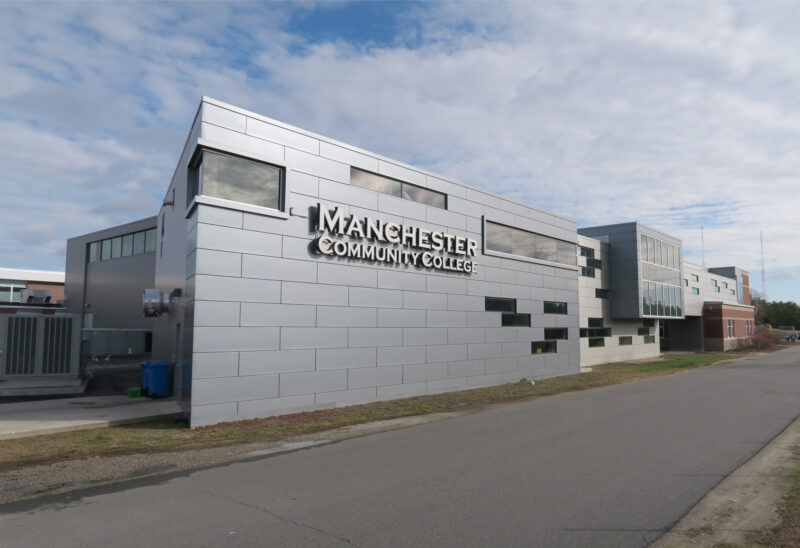As the bush fires in Australia continue to burn with catastrophic consequences, we have reached out to colleagues at the Australian Communities Foundation for guidance about giving to best help that country recover in the months and years ahead.
The Australian Communities Foundation has been advising people to fund the medium- to long-term relief efforts via the Foundation for Rural and Regional Renewal (FRRR) and other local community foundations. The Foundation for Rural and Regional Renewal is collecting funds through its Disaster Resilience & Recovery Fund. Donations made to the Disaster Resilience and Recovery Fund are being matched by a local donor up to a total of $500,000, seeking to raise a combined $1 million into the fund.
The Australian Communities Foundation has also provided a list of direct emergency relief organizations, below, to which donations may be sent. Given that there have been numerous reports of fraudulent fundraising activity that is not actually tied to relief efforts, we suggest giving to the organizations on this list and those that are registered with the Australian Charities and Non-Profits Commission.
Emergency Response and Relief
The Australian Red Cross, the Salvation Army and St Vincent de Paul are the primary national NGOs responding.
The Bushfire Disaster Appeal has also been established through a joint government, business and community effort and allows you to make a national or state-specific donation.
Foodbank has been appointed the primary food relief organization, and you can select which state your donation goes to.
Wildlife
The RSPCA is coordinating efforts across state borders.
Other rescue efforts across the country are often localized. These include SAVEM in South Australia (including Kangaroo Island), WIRES in New South Wales, Wildlife Victoria, Tasmanian Land Conservancy and Currumbin Wildlife Sanctuary in Queensland.
State Fire Services
These are government funded and run organizations with memberships comprised of local fire brigades across their state. Rural fire services rely upon large volunteer work forces (New South Wales’ RFS is the world’s largest volunteer fire service).
This list of responding organizations across the country is a good place to start.
Recovery and Rebuilding
Many of the organizations listed in the Emergency Response section will shift to rebuilding efforts and mental health support in the future – providing funding ongoing can be a big help.
Affected families and communities
Foundation for Rural and Regional Renewal Disaster Resilience and Recovery Fund gets funding into communities to assist with their preparedness activities, and to have funds available to support them through the medium to long-term aftermath of a disaster, long after the headlines have moved on to something else.
Local Community Foundations can be a great place to start when looking for place-based rebuilding and resilience funding opportunities. Many community foundations across the country are in fire affected areas.
Good360 is a matchmaker connecting the needs of communities with brand new goods from businesses. Good360 helps connect the right goods to the right people at the right time during all stages of a disaster, providing hope and dignity to Australians impacted. Good360 is there in the early days with personal care items, supplies for shelters and evacuation centers and are there months and years later with furniture, mattresses, home goods and other necessities to help communities through the recovery journey. Donations to their bushfire appeal go towards coordinating the delivery of the right goods to the communities at the right time over the many months and years of recovery of this unprecedented disaster.
BlazeAid is a volunteer-run organization that works alongside local communities to rebuild fences and other structures that have been damaged or destroyed after a fire.
Wildlife
Birdlife Australia assists landowners and government with bird-safe fire management and rehabilitation.
WWF’s Help Save Koalas appeal replants trees in critical koala habitats post-fire and protects existing forest and woodland and the wildlife that live there.
Mental health and wellbeing
The mental health impacts of traumatic events like the bushfire crisis can be huge, and long-lasting. For people on the front lines, fighting fires or fleeing their homes, the danger is real and visceral. But for those further removed geographically from the fires, breathing smoky air and reading harrowing media reports can also be extremely distressing and triggering.
Save the Children is setting up child-friendly spaces in bushfire-affected regions to help children cope by giving them a place to be kids again. Supported by dedicated staff trained in helping children in crisis, the kids can draw, play and socialize. Most importantly, they can begin to process their experiences in a safe and supported environment. You can support this work here.
Beyond Blue has a range of resources to help communities and individuals dealing with the feelings and thoughts that result from a bushfire or from the tragic losses that may occur.
Policy Reform
The Climate Council Emergency Leaders for Climate Action campaign is comprised of 22 former senior emergency service leaders with first-hand experience of escalating climate change impacts, who are uniting to push for strong leadership on climate change action.
The Australia Institute is proposing the creation of a National Climate Disaster Fund, financed by a levy of $1 per ton of carbon dioxide pollution resulting from all coal, gas and oil produced in Australia. Research from The Australia Institute has shown that such a levy would currently raise around $1.5 billion a year.
Please note that fees do apply for international grants made via donor-advised funds, but such fees do not apply for direct donations. Charitable Foundation fund-holders may contact our donor services team at 1-800-464-6641 for more information (select option three for donor services).

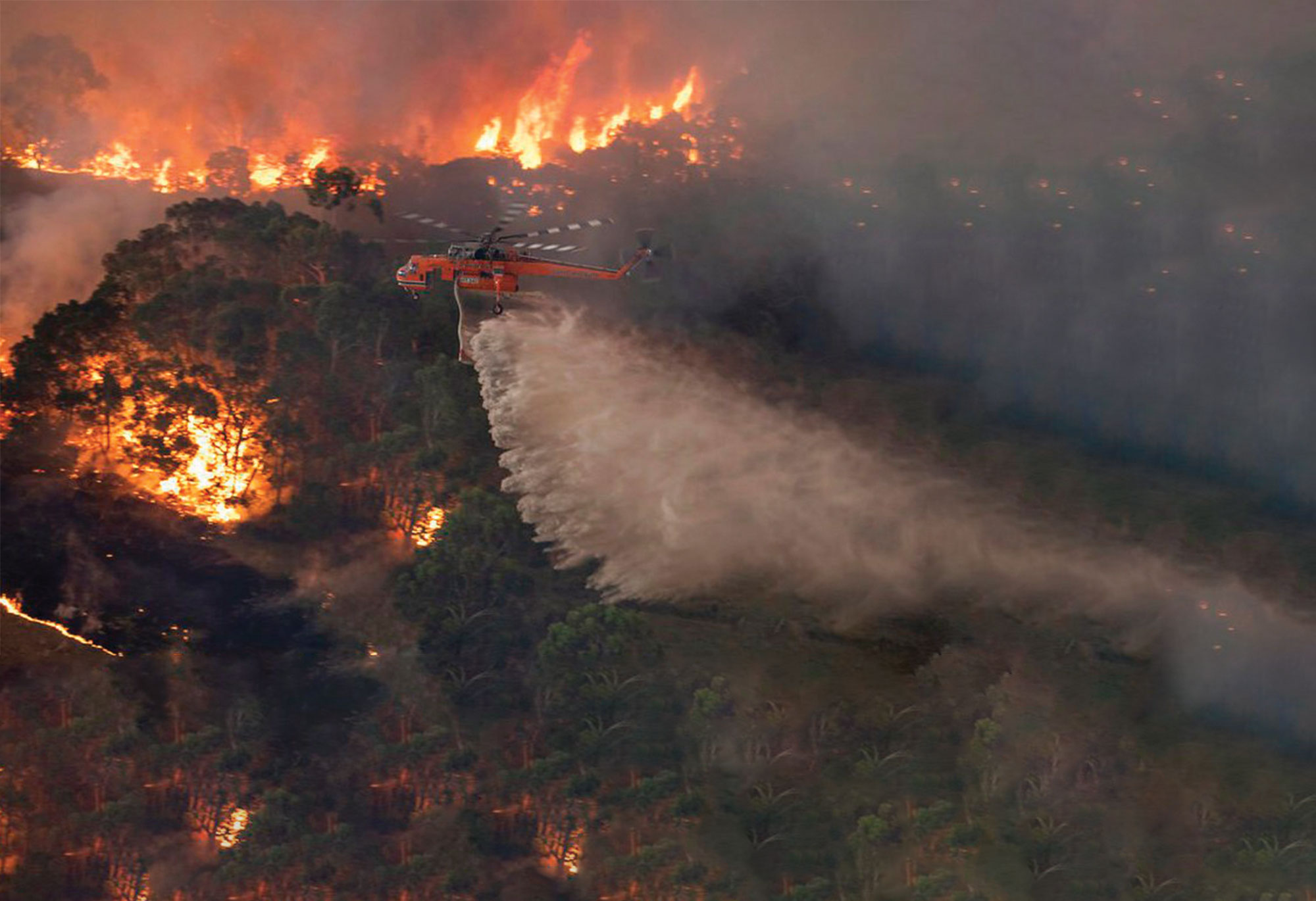






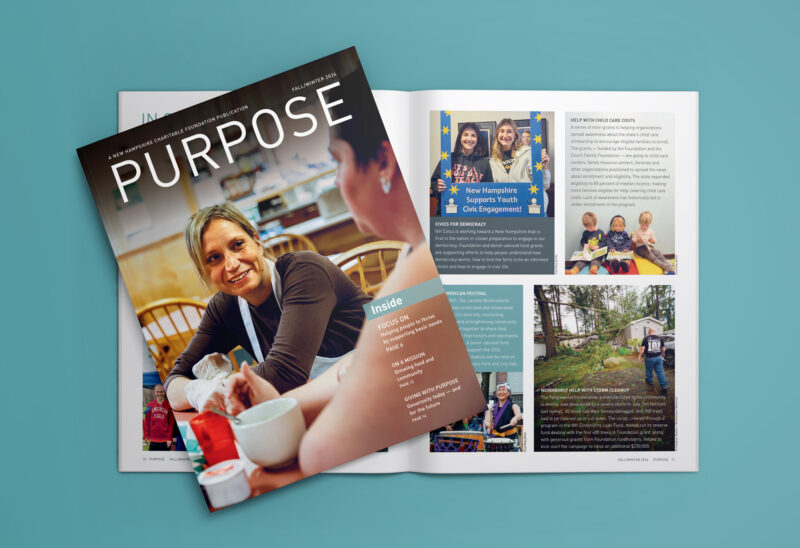

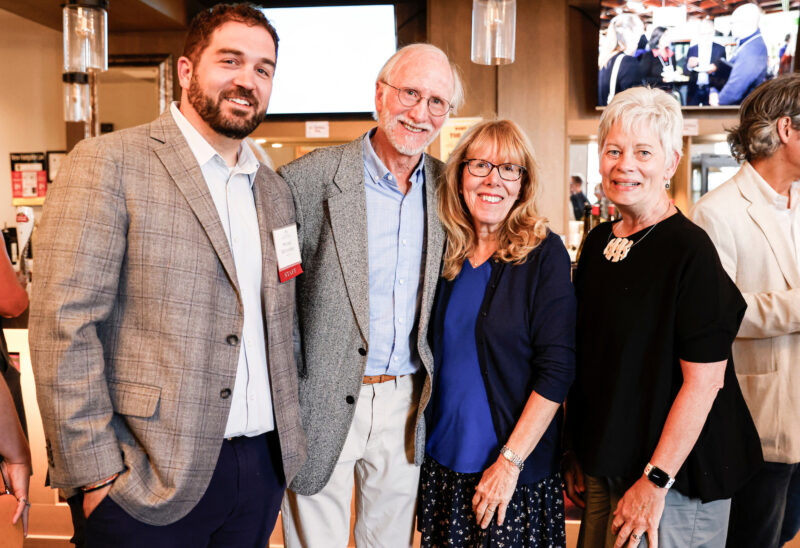
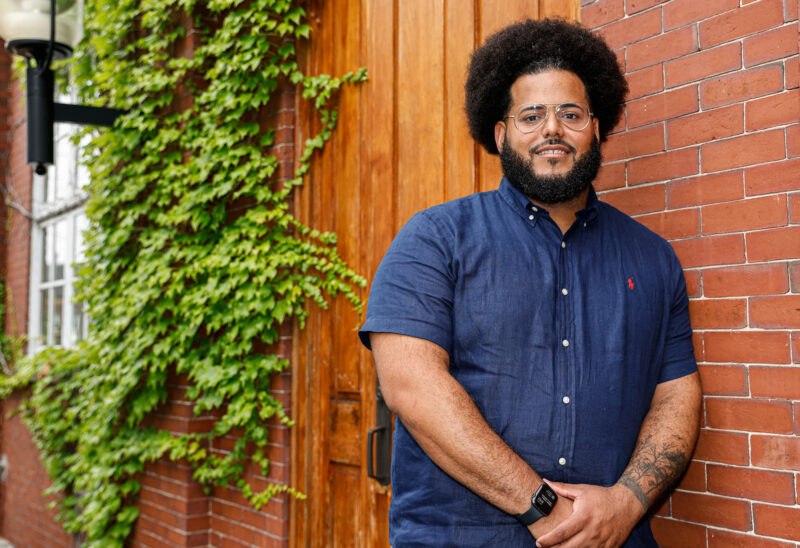
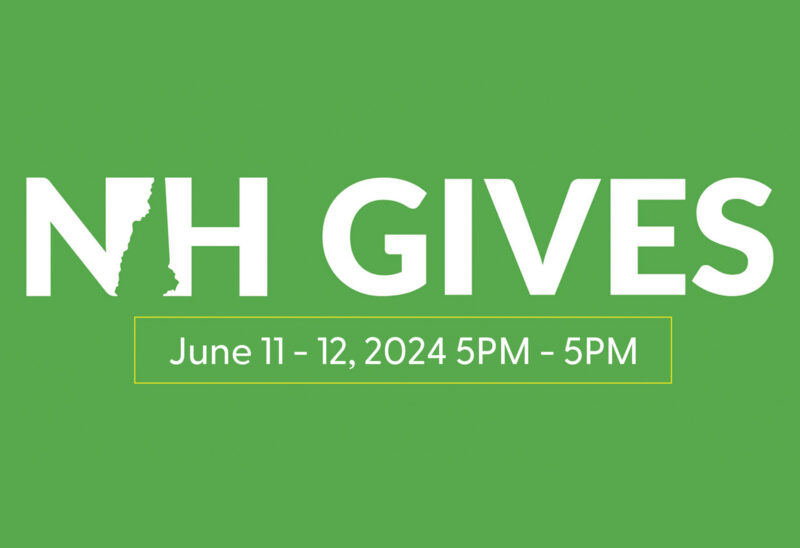
![Rev. Heidi Carrington Heath joined Seacoast Outright. [Photo by Cheryl Senter]](https://www.nhcf.org/wp-content/uploads/2024/05/Heidi-Carrington-Thumbnail-800x548.jpg)
![Dr. Jennie Hennigar treats a patient at the Tamworth Dental Center [Photo by Cheryl Senter]](https://www.nhcf.org/wp-content/uploads/2024/05/TCCAP-Hero-800x548.jpg)
